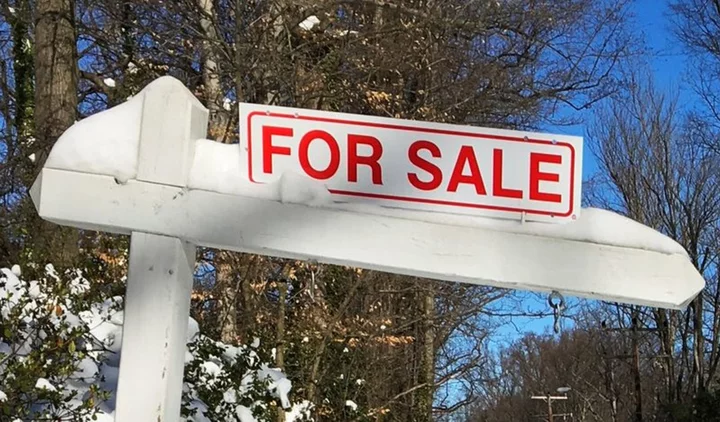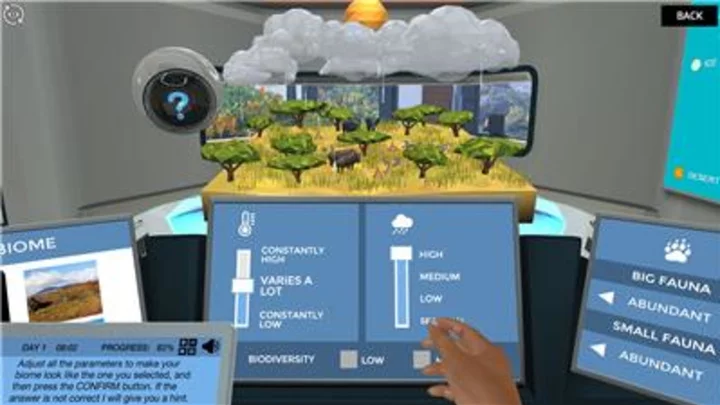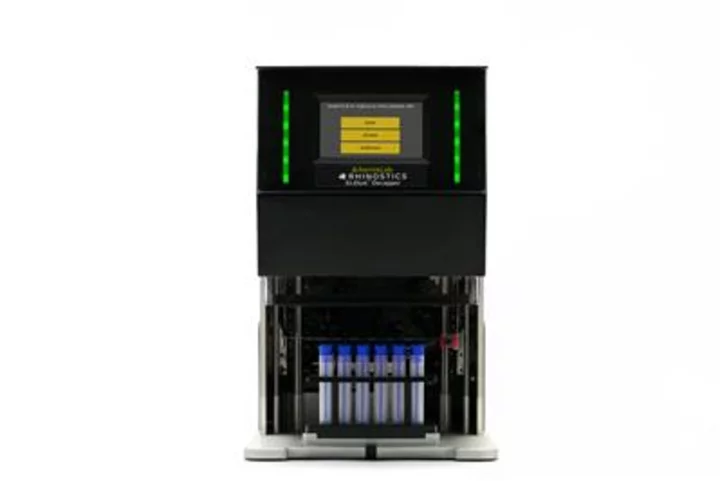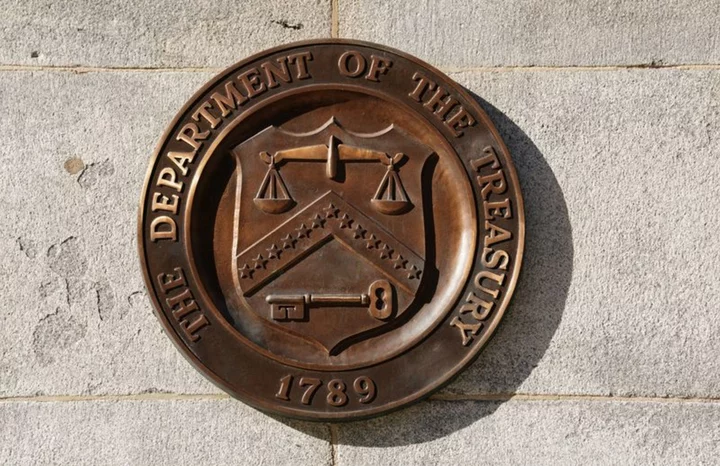By Lucia Mutikani
WASHINGTON (Reuters) -U.S. single-family homebuilding increased marginally in October and activity could remain moderate in the near term amid higher mortgage rates, which sent homebuilder confidence tumbling to an 11-month low in November.
Nevertheless, new construction remains supported by an acute shortage of houses on the market, with the report from the Commerce Department on Friday showing permits for future single-family homebuilding rising to the highest level in nearly 1-1/2 years last month. Residential investment rebounded in the third quarter, ending nine straight quarters of decline.
"Homebuilders have an opportunity to capitalize on the low supply of homes on the market," said Jeffrey Roach, chief economist at LPL Financial in Charlotte, North Carolina. "If mortgage rates move lower in the latter half of next year, we could see some improved demand for residential real estate."
Single-family housing starts, which account for the bulk of homebuilding, rose 0.2% to a seasonally adjusted annual rate of 970,000 units last month, the Commerce Department's Census Bureau said. Data for September was revised up to show starts rising to a rate of 968,000 units instead of 963,000 units as previously reported. Single-family homebuilding peaked in May.
Starts surged 12.0% in the Northeast and increased 12.3% in the West, but dropped 4.9% in the densely populated South and fell 0.9% in the Midwest, which is generally considered the most affordable housing region.
A survey on Thursday showed confidence among home builders slumped this month. The National Association of Home Builders noted that many builders continued to cut home prices to boost sales, with mortgage rates stuck above 7% since mid-August.
The rate on the popular 30-year fixed mortgage averaged 7.79% in late October, the highest since November 2000, according to data from mortgage finance agency Freddie Mac. It has since retreated following data this month showing the labor market cooling, and averaged a still-high 7.44% this week.
Mortgage rates could grind lower in the weeks ahead as the yield on the benchmark 10-year Treasury note has declined in the wake of inflation-friendly economic data that have left financial markets anticipating an interest rate cut from the Federal Reserve next spring.
U.S. Treasury prices were higher on Friday, with the 10-year yield falling to a two-month low. The dollar fell against a basket of currencies. U.S. stocks opened higher.
HOUSING SUPPLY TIGHT
Starts for housing projects with five units or more jumped 4.9% to a rate of 382,000 units in October. With a huge stock of multi-family housing under construction and the rental vacancy rate hitting a 2-1/2 high in the third quarter, there is little room for major gains in the housing segment.
The large supply of multi-family housing in the pipeline is expected to be the key driver of low inflation next year by limiting increases in rents.
Overall housing starts rose 1.9% to a rate of 1.372 million units in October. Economists polled by Reuters had forecast starts slipping to a rate of 1.350 million units.
Permits for future construction of single-family homes rose 0.5% to a rate of 968,000 units last month, the highest level since May 2022. The increase was concentrated in the Northeast and West. Permits declined in the South and Midwest.
Multi-family building permits rebounded 2.2% to a rate of 469,000. Building permits as a whole increased 1.1% to a rate of 1.487 million units last month.
The number of houses approved for construction that are yet to be started rose 1.8% to 281,000 units. The single-family homebuilding backlog was unchanged at 140,000 units for the third straight month. The completions rate for single-family homes dropped 0.9% to 993,000 units.
Realtors estimate that housing starts and completion rates need to be in a range of 1.5 million to 1.6 million units per month to bridge the inventory gap.
The number of housing under construction dipped 0.1% to a rate of 1.674 million units. The inventory of single-family housing under construction declined 0.6% to a rate of 669,000 units, the lowest level since May 2021.
The stock of multi-family housing under construction edged up 0.1% to 987,000 units, not far from recent record highs.
"Our view that the supply of second-hand homes on the market will remain limited over the next two years means demand will continue to be diverted to new builds," said Thomas Ryan, property economist at Capital Economics.
(Reporting by Lucia Mutikani; Editing by Chizu Nomiyama and Nick Zieminski)









